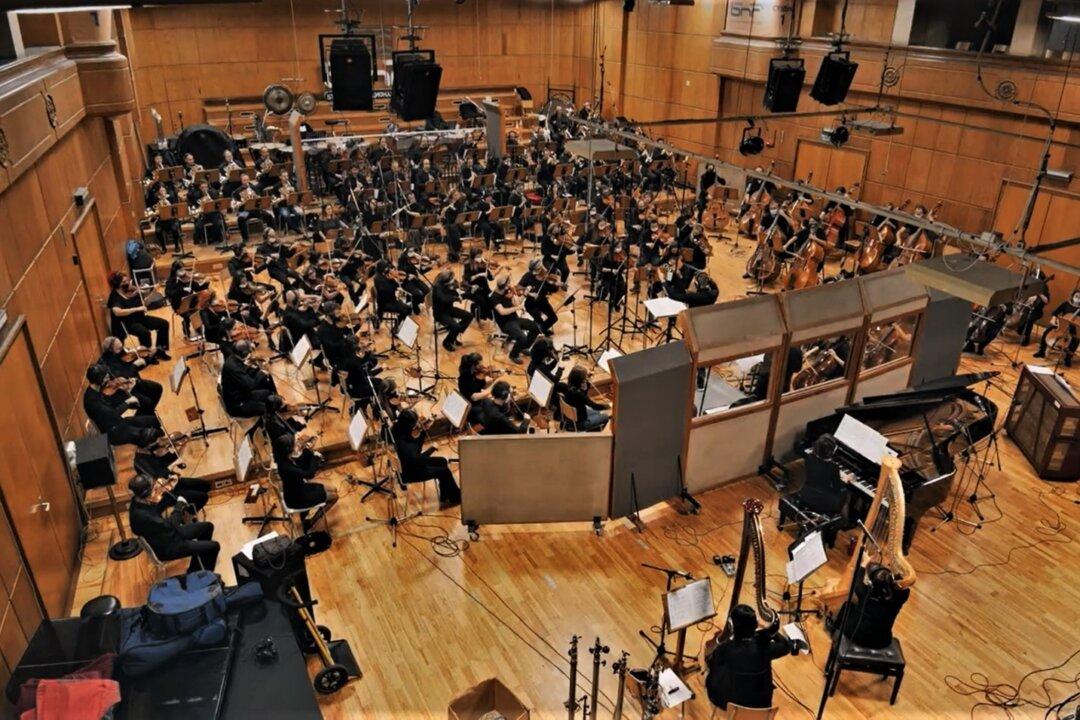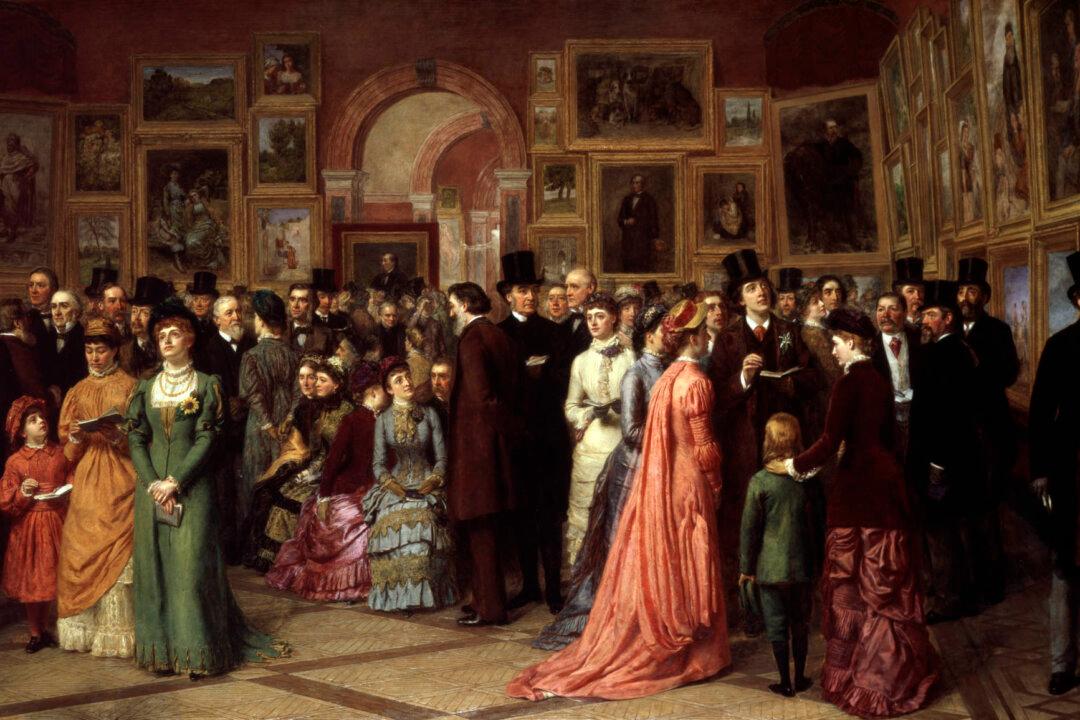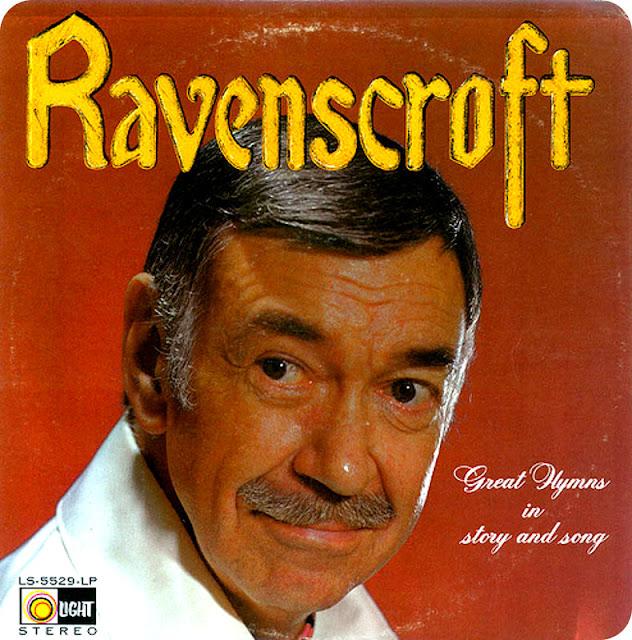“Tchaikovsky appears to be the victim of the epidemic of the Music of the Future that wallows in torpor and time and time again collapses in dissonant convulsions.” (Wiener Fremdenblatt, Nov. 28, 1876)
“Tchaikovsky’s First Piano Concerto, like the first pancake, is a flop.” (Novoye Vremya, St. Petersburg, Nov. 13, 1875)
“Difficult, strange, wild, ultra-modern is the composition of Peter Tchaikovsky, a young professor at the Conservatory of Moscow.” (Dwight’s Journal of Music, Boston, 1875)
Thus was the young Pyotr Ilych Tchaikovsky’s music generally regarded around the time he finished his six-year-long reworking of his Symphony No. 1 in G Minor, subtitled “Winter Dreams” (sometimes called “Winter Daydreams”). Remarkably, today’s fans of Tchaikovsky’s much more famous “Nutcracker” will find this symphony nearly as delightfully tuneful and easy on the ears.Tchaikovsky started the symphony in 1866 as a 26-year-old professor of harmony at the newly opened Moscow Conservatory. He had only composed a handful of shorter orchestral works and was ready to make his mark with his first “major” work, a symphony. It went on, indeed, to become his first important work.






